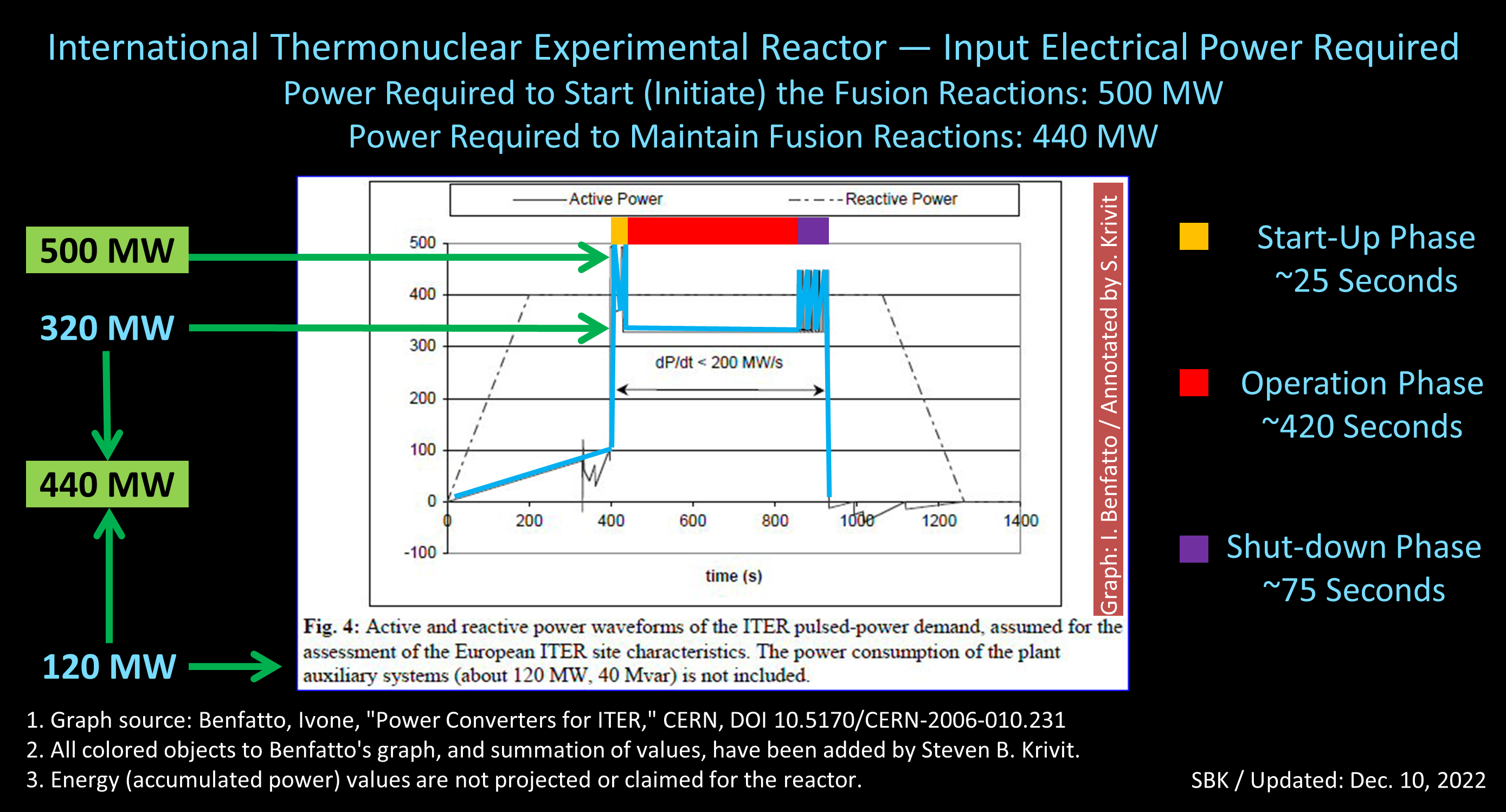U.S. Department of Energy Funds $10 Million to Study Low-Energy Nuclear Reactions
Top Universities Resuming LENR Research to Search For Potential New Energy Source
On Feb. 17, 2023, the U.S. Department of Energy issued the following press release and extended project descriptions:
WASHINGTON, D.C. — The U.S. Department of Energy (DOE) today announced $10 million in funding for eight projects working to determine whether low-energy nuclear reactions (LENR) could be the basis for a potentially transformative carbon-free energy source. The teams selected today—from universities, a national laboratory, and small business—aim to break the stalemate of research in this space.“ARPA-E is all about funding high-risk, high-reward energy technologies,” said ARPA-E Director Evelyn N. Wang. “The teams announced today are set out to answer the question ‘does this area show promise, and if so, how? Or can we conclusively show that it does not?’ While others have shied away from this space, ARPA-E wants to break through the knowledge impasse and deepen our understanding.”The following teams have been selected to receive funding as part of the Advanced Research Projects Agency-Energy (ARPA-E) LENR Exploratory Topic:
- Stanford University (Redwood City, CA) will explore a technical solution based on LENR-active nanoparticles and gaseous deuterium. (Award amount: $1,500,000)
Extended description: Stanford University will explore a technical solution based on LENR-active nanoparticles and gaseous deuterium. The team seeks to alleviate critical impediments to test the hypothesis that LENR-active sites in metal nanoparticles can be created through exposure to deuterium gas. - Massachusetts Institute of Technology (Cambridge, MA) will develop an experimental platform that thoroughly and reproducibly tests claims of nuclear anomalies in gas-loaded metal-hydrogen systems.? (Award amount: $2,000,000)
Extended description: Massachusetts Institute of Technology (MIT) proposes a hypothesis-driven experimental campaign to examine prominent claims of low energy nuclear reactions (LENR) with nuclear and material diagnostics, focusing on unambiguous indicators of nuclear reactions such as emitted neutrons and nuclear ash with unnatural isotopic ratios. The team will develop an experimental platform that thoroughly and reproducibly test claims of nuclear anomalies in gas-loaded metal-hydrogen systems. - Amphionic (Dexter, MI) will focus on exploring if LENR are produced in potential wells existing between two nanoscale surfaces by controlling metal nanoparticle (NP) geometry, separation, composition, and deuterium loading. (Award amount: $295,924)
Extended description: Cathode structure and surface morphology are thought to be essential for LENR reaction rate. Amphionic proposes to optimize cathode design to form Pd-polymeric composites within which the Pd nanoparticle size and shape are varied, and the interfacial separation and geometry are controlled. Experiments will focus on exploring if LENR are produced in potential wells existing between two nanoscale surfaces by controlling metal nanoparticle (NP) geometry, separation, composition, and deuterium loading. - Energetics Technology Center (Indian Head, MD) will use electrochemical co-deposition of a deuterated palladium metal compound on a metal substrate conformed onto a plastic scintillator to establish and sustain LENR. (Award amount: $1,500,000
Extended description: Energetics Technology Center will build upon past successes with co-deposition experiments using palladium, lithium, and heavy water together to create an environment in which LENR can occur. These electrolysis experiments decrease the distance from the cathode (location of LENR) to an electronic detector capable of detecting nuclear reaction products to give these experiments the best chance at reliably detecting nuclear
reactions, if they are present. - Lawrence Berkeley National Laboratory (Berkeley, CA) will draw from knowledge based on previous work using higher energy ion beams as an external excitation source for LENR on metal hydrides electrochemically loaded with deuterium. The team proposes to systematically vary materials and conditions, while monitoring nuclear event rates with a suite of diagnostics. (Award amount: $1,500,000)
Extended description: LBNL team proposes to probe for LENR at external excitation energies below 500 eV, systematically varying materials and conditions while monitoring nuclear event rates with a suite of diagnostics. The team will draw from knowledge based on previous work using higher energy ion beams as an external excitation source for LENR on metal hydrides electrochemically loaded with deuterium. - Texas Tech University (Lubbock, TX) will focus on advanced materials fabrication, characterization, and analysis, along with advanced detection of nuclear products as a resource for teams within the LENR Exploratory Topic. (Award amount: $1,150,000)
Extended description: Texas Tech University will develop accurate materials fabrication, characterization, and analysis to attempt to resolve the physical understanding of Low-Energy Nuclear Reactions (LENR). Texas Tech will also provide advanced detection of nuclear reaction products as a resource for ARPA-E LENR Exploratory Topic teams.
- University of Michigan (Ann Arbor, MI) will use a gas cycling experiment that passes deuterium gas through a chamber filled with palladium nanocrystalline samples. Variables will include temperature, nanocrystalline size, and laser wavelength. (Award amount: $1,108,412)
Extended description: The University of Michigan proposes to systematically evaluate claims of excess heat generation during deuteration and correlate it to nuclear and chemical reaction products. The team plans to combine scintillation-based neutron and gamma ray detectors, mass spectrometers, a calorimeter capable of performing microwatt-resolution measurements of heat generation, and ab-initio computational approaches.
The proposed research will experimentally and theoretically explore the origin and mechanisms of excess heat generation and LENR. - University of Michigan (Ann Arbor, MI) will provide capability to measure hypothetical neutron, gamma, and ion emissions from LENR experiments. Modern instrumentation will be coupled with best practices in data acquisition, analysis, and understanding of backgrounds to interpret collected data and evaluate the proposed signal. (Award amount: $902,213)







